- Interior Quality
- Headlights
- Standard equipment
- Plastic steering wheel
- Rear amenities
- Service pricing
Introduced earlier this year, the 2020 Mazda CX-30 is an all-new model for the popular Japanese brand. It slots in between the small CX-3 and medium CX-5 in both size and pricing as a sort of Goldilocks Mazda smaller SUV – think of it as a rival for the Toyota C-HR, Nissan Qashqai and Skoda Karoq. For those familiar with the Mazda range, think of the CX-30 as a Mazda 3 SUV, just as the CX-3 is a Mazda 2 SUV. We test the entry level 2020 Mazda CX-30 G20 Pure to see if it’s a worthy entrant to the small SUV segment.
Price/Specs:
Priced from $29,990 plus on road costs, the 2020 Mazda CX-30 G20 Pure is $5,280 more expensive than the cheapest CX-3 (auto vs auto). Although this is a decent price hike, the standard equipment in all CX-30 variants is exceptional. It comes with automatic headlights and wipers, an electronic handbrake with auto hold functionality, auto-folding mirrors, 16-inch alloy wheels, a heads-up display, an 8.8-inch centre screen with Apple CarPlay and Android Auto, digital radio, satellite navigation, a reversing camera with rear parking sensors, keyless start and LED lighting.
A host of standard safety features are also standard on the 2020 Mazda CX-30 G20 Pure, including seven airbags, high- and low-speed auto emergency braking (AEB) with pedestrian detection, rear AEB, blind-spot monitoring and rear cross-traffic alert, adaptive cruise control with stop and go functionality, auto high beam and lane departure warning.
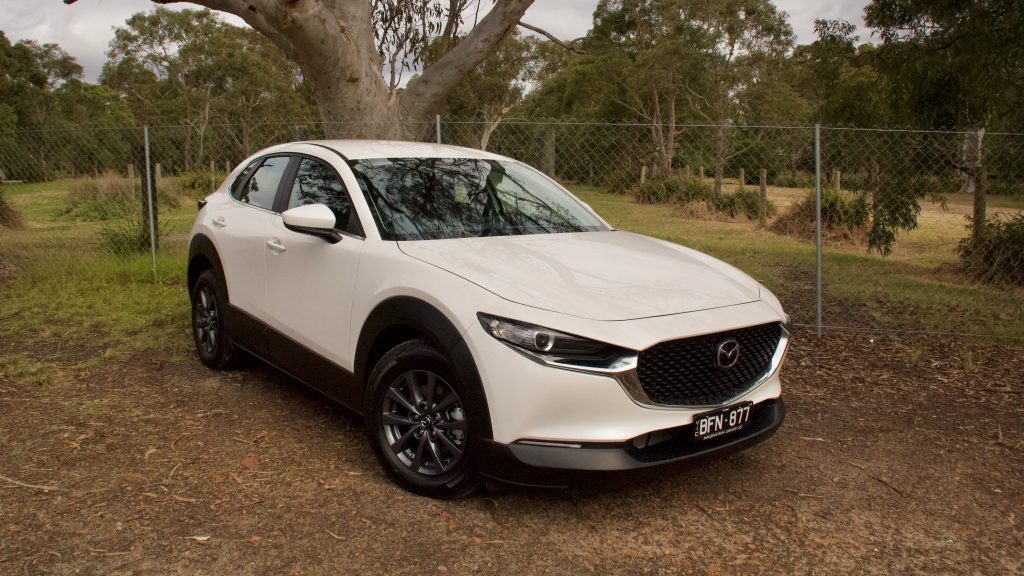
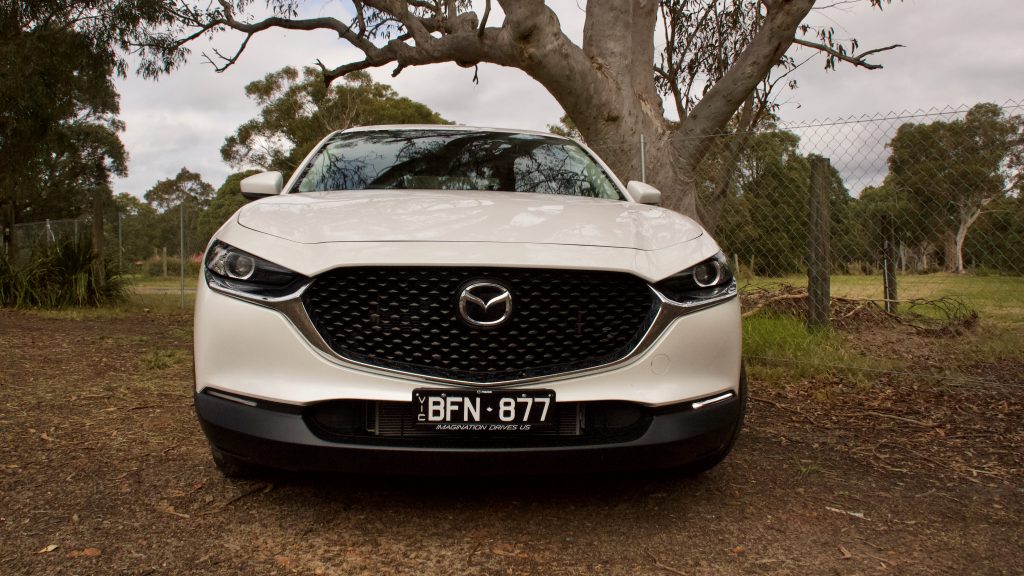
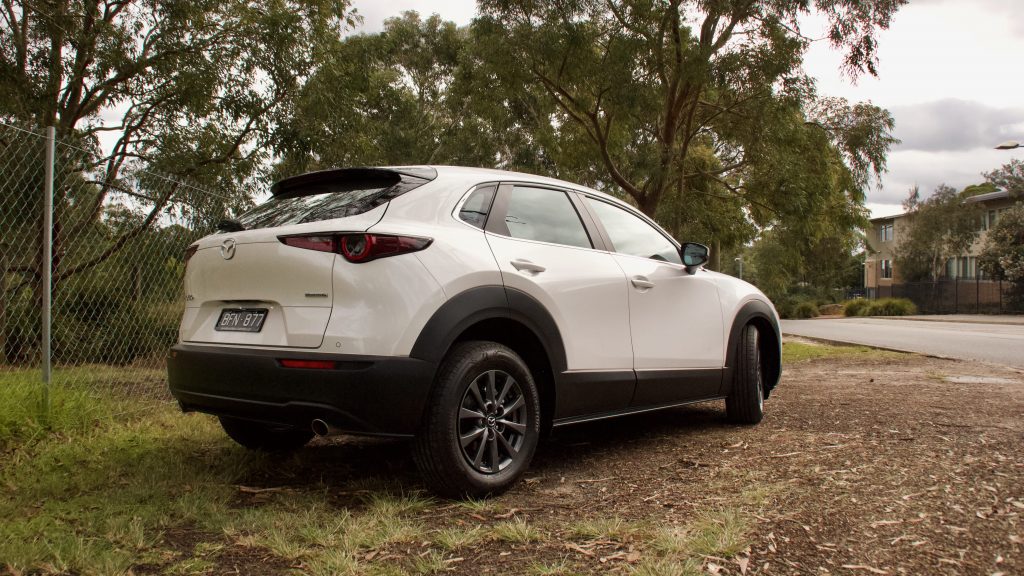
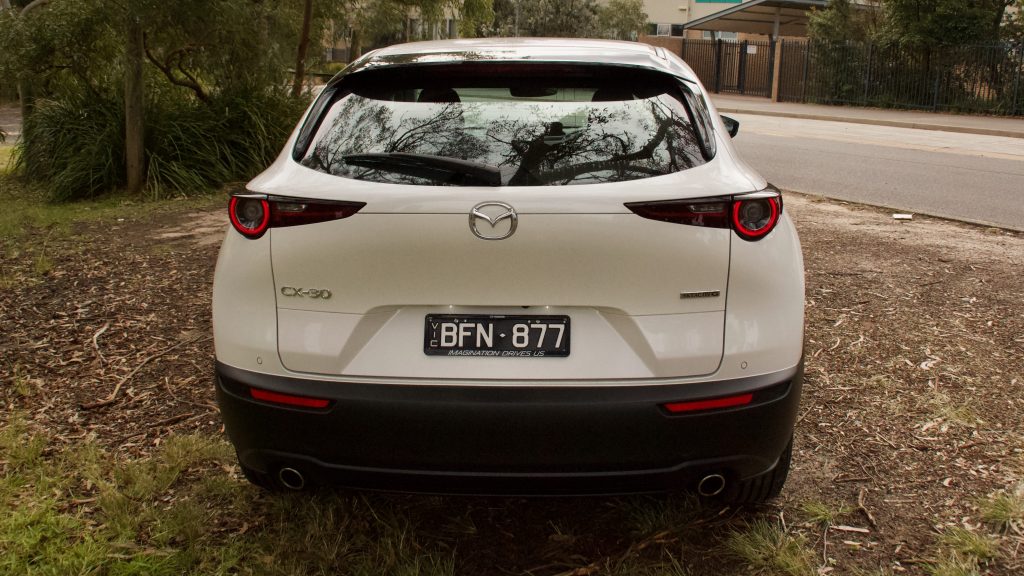
Stepping up to the $31,490 G20 Evolve adds a leather steering wheel and shift knob, paddle shifters, dual-zone climate control, a rear centre armrest, larger 18-inch alloy wheels and an overhead glasses storage box.
From there, the $34,990 Touring adds keyless entry, leather upholstery, front parking sensors, auto dimming rear view mirror and a 10-way power adjustable drivers’ seat with memory.
The range-topping $38,990 Astina adds a brighter wheel finish, a frameless rear-view mirror, a 12-speaker Bose stereo, Matrix LED headlights, heated front seats and steering wheel, the option of white leather and a power boot lid. Astina 2.5L models also add a sunroof.
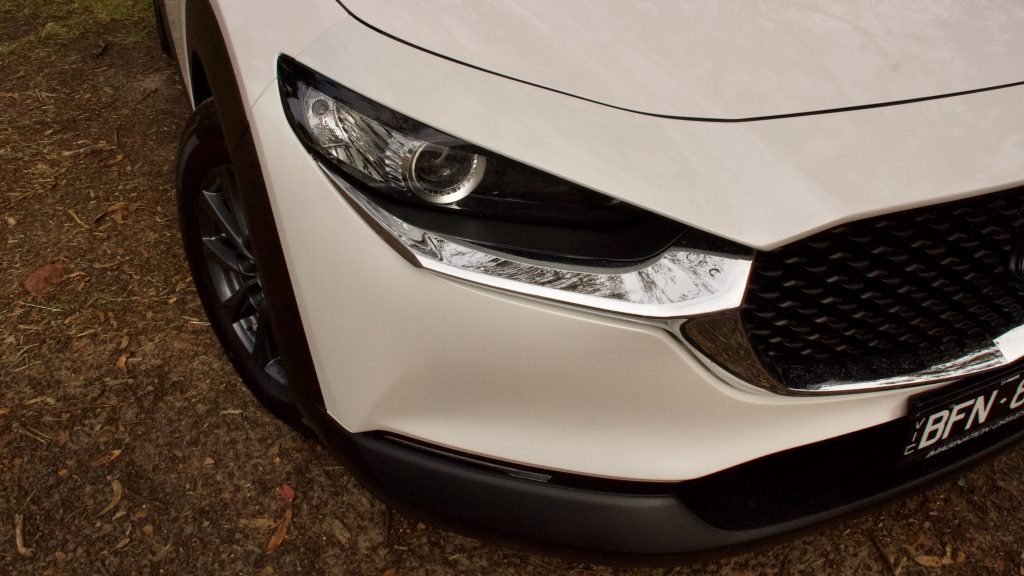
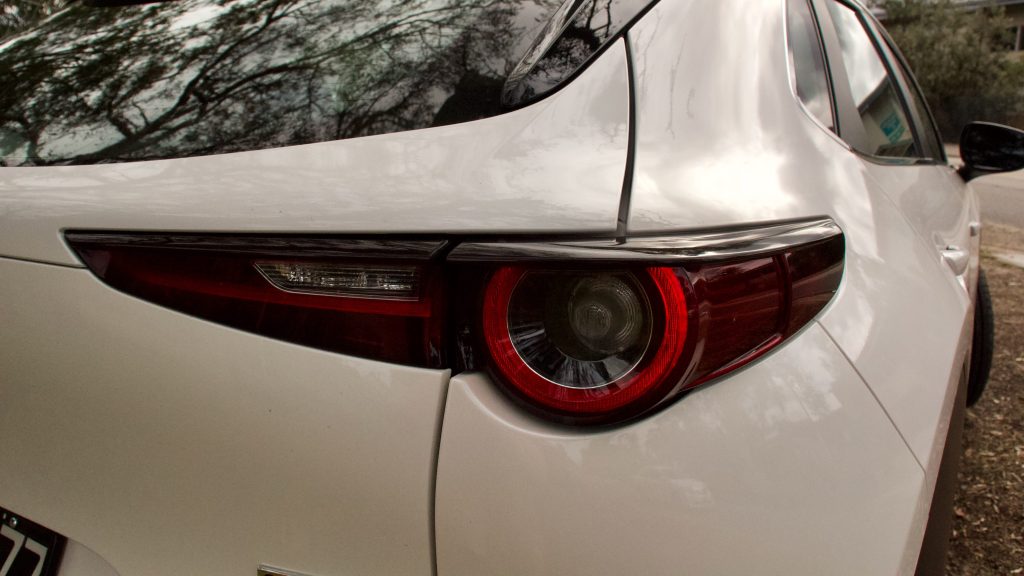
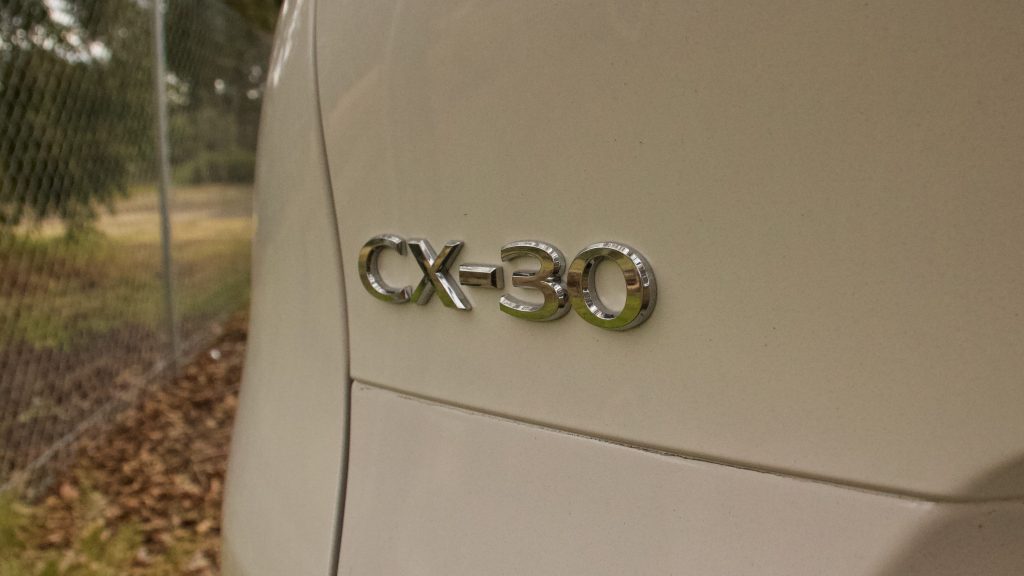
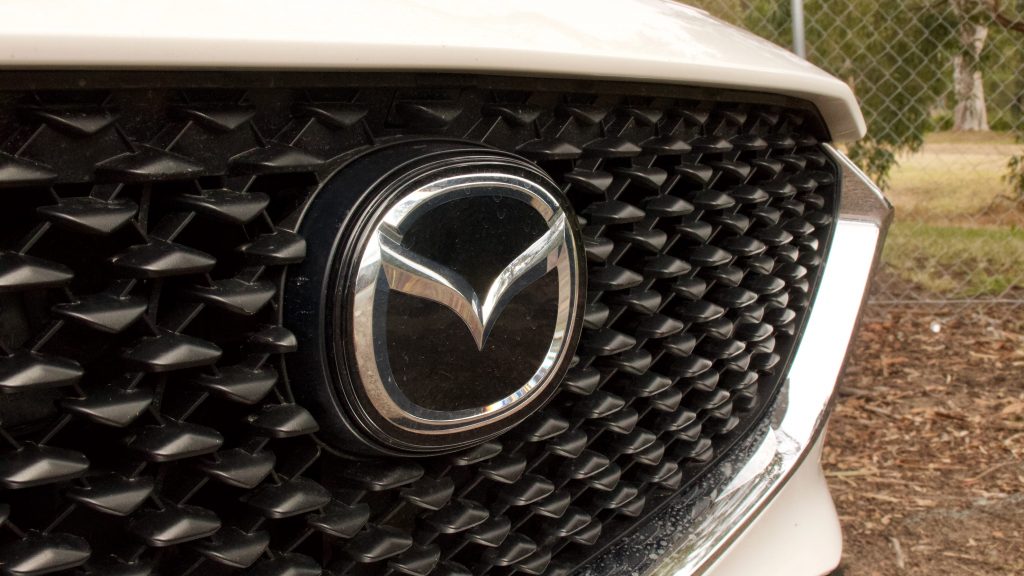
For a further $2,000 on the Touring and $2,500 on the Astina, you can add a larger 2.5-litre four-cylinder engine and all-wheel drive is also further available on the Astina too. All up, an Astina 2.5-litre AWD is $43,490 plus on-road costs – not cheap at all, though the standard equipment and fit and finish on offer is superior to cars costing way more money.
A range of dealer-fit accessories is available for all CX-30 models, and metallic paint (Mazda’s ‘Soul Red Crystal’, the new ‘Polymetal Grey’ and ‘Machine Grey’) is $490.
Finally, a $1,500 on Pure and Evolve/$1,300 on Touring Vision Package – which adds front cross-traffic alert, cruising and traffic support, driver attention monitoring, front parking sensors and a 360-degree parking camera – is available for all models below the Astina, which already has those features as standard.
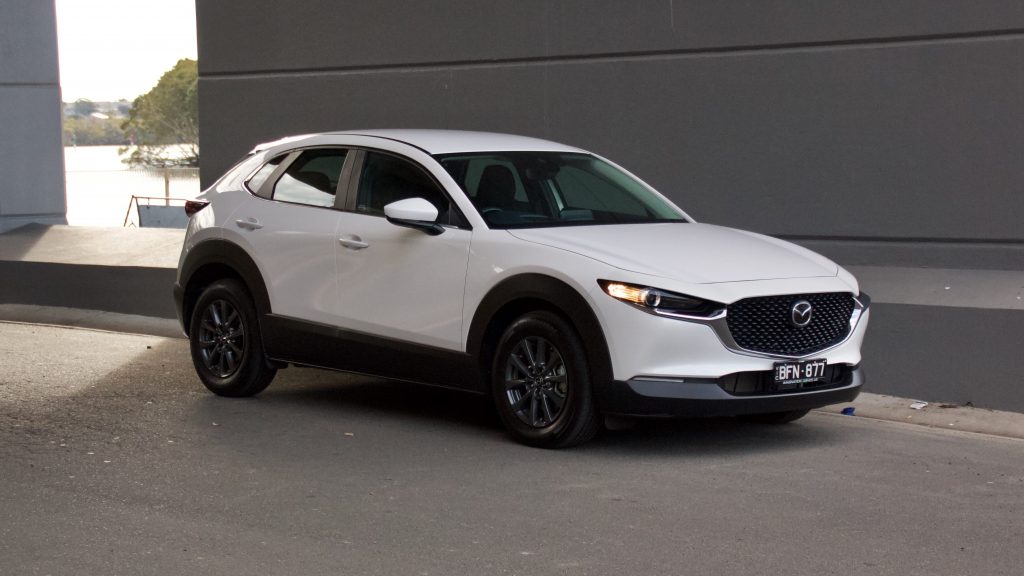
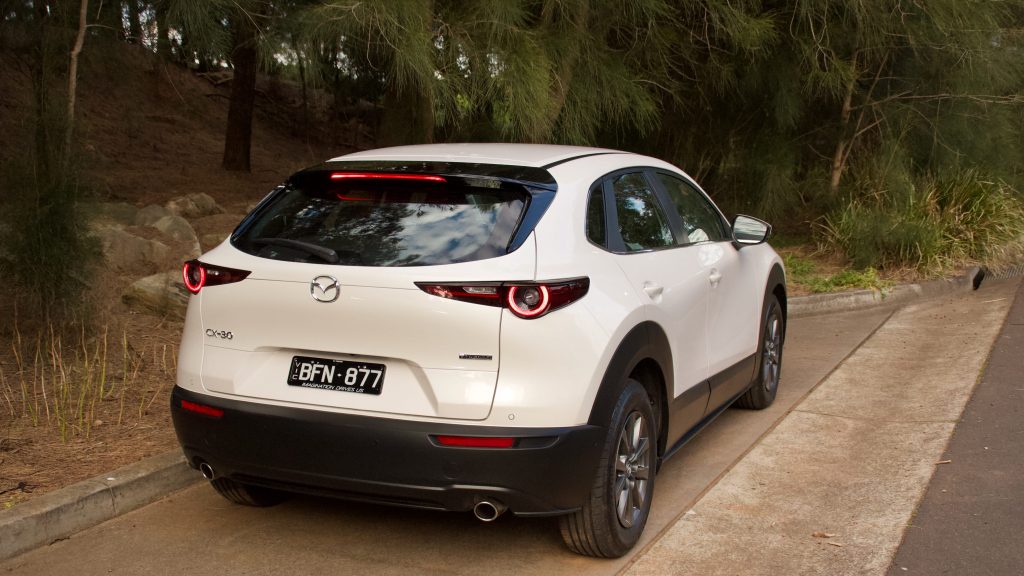
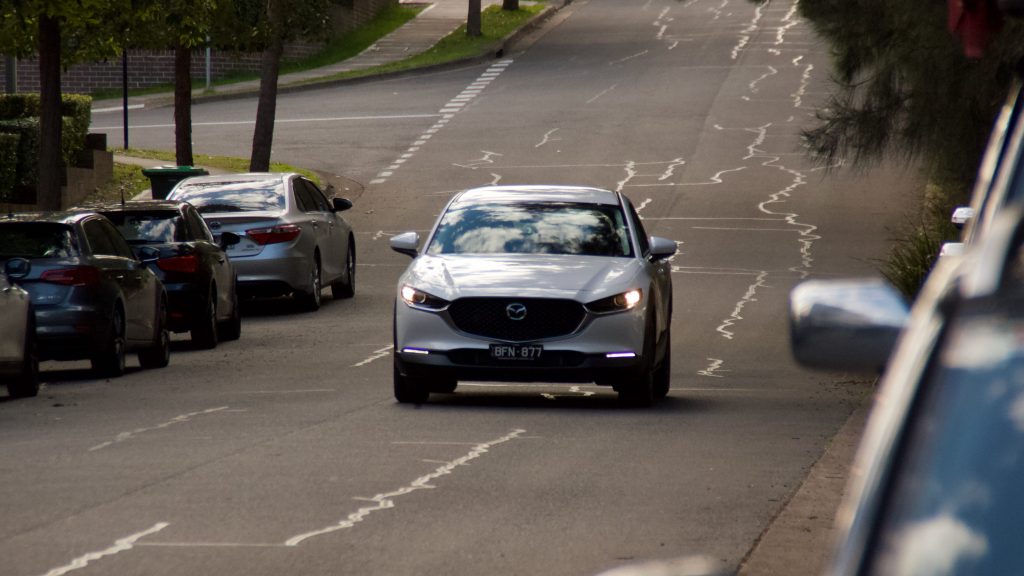
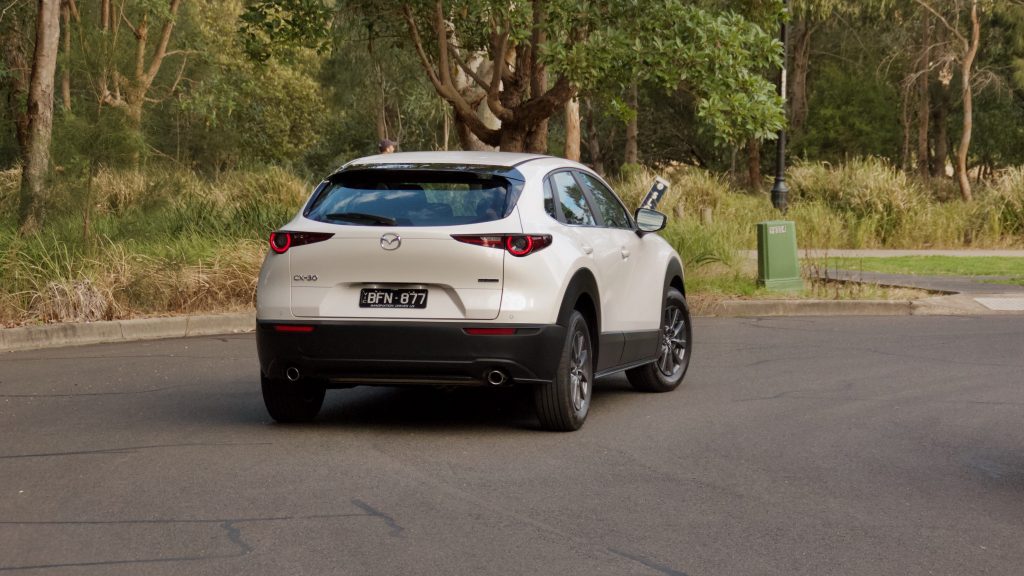
How does that compare to rivals? You can pick up a new Mitsubishi ASX auto for as little as $26,740 drive away and the Nissan Qashqai for just under $30,000 drive away (both retail pricing), which makes the CX-30 look expensive. Yet considering how much newer it is, how much more equipment you get in the Mazda, and just how much nicer the cabin is, we think the CX-30 Pure is pretty good value for money. To match the Mazda’s standard kit alone, in the ASX you’re spending $30k and in the Qashqai, $40k.
Engine/Drive: How does the 2020 Mazda CX-30 Drive?
The 2.0-litre four-cylinder engine in the 2020 Mazda CX-30 G20 Pure tested here is a lively engine – it’s not overly quick but gets the job done. This engine produces 114kW of power and 200Nm of torque through the front wheels, so it’s no powerhouse, but it has more than enough shove for most buyers. It is mated to the standard six-speed automatic (sadly no manual option here though thankfully no CVT either) which has smooth and effortless shifts. Its manual mode is the correct way around too, with upshifts completed by pulling towards you and downshifts by pushing away.
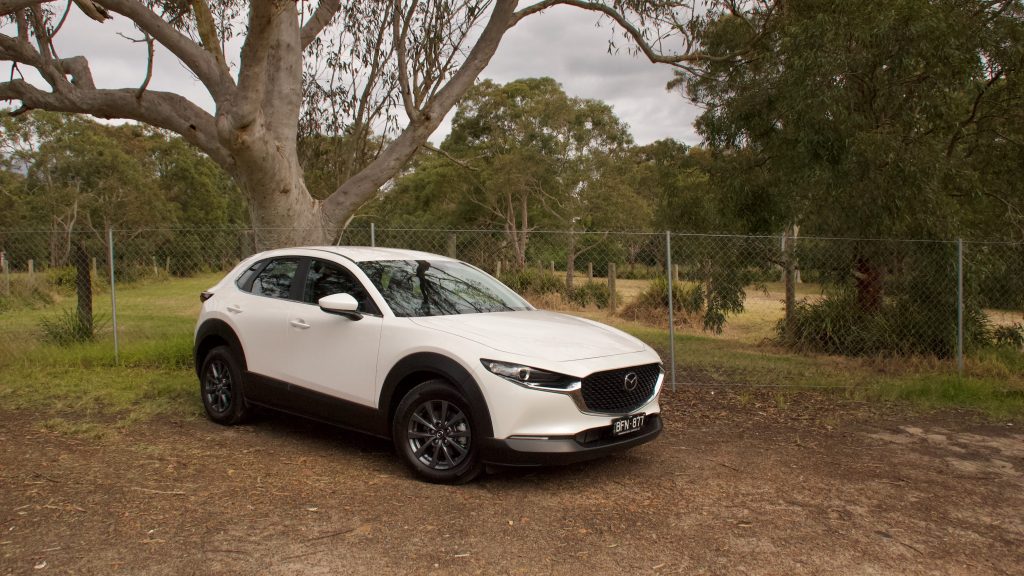
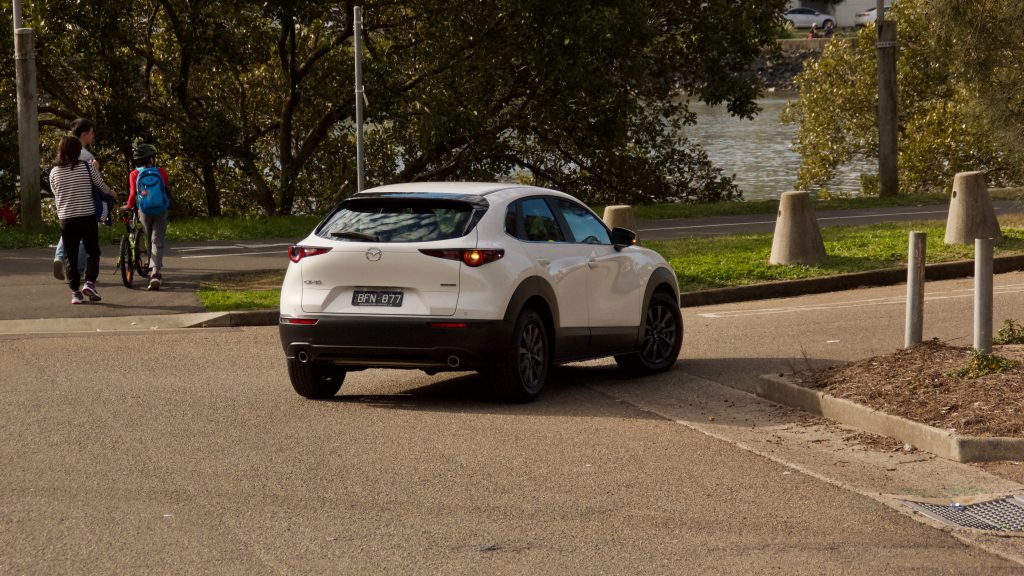
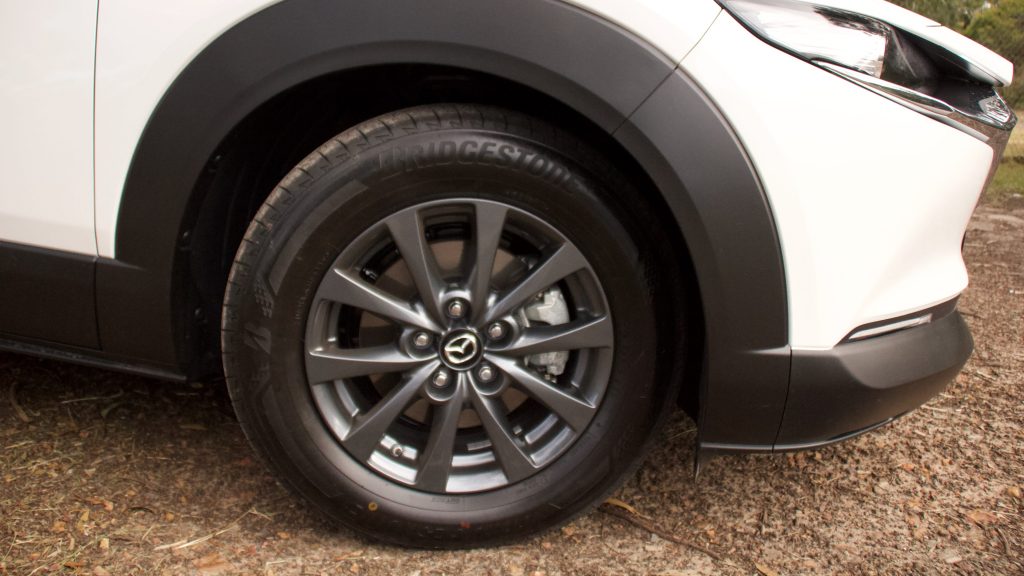
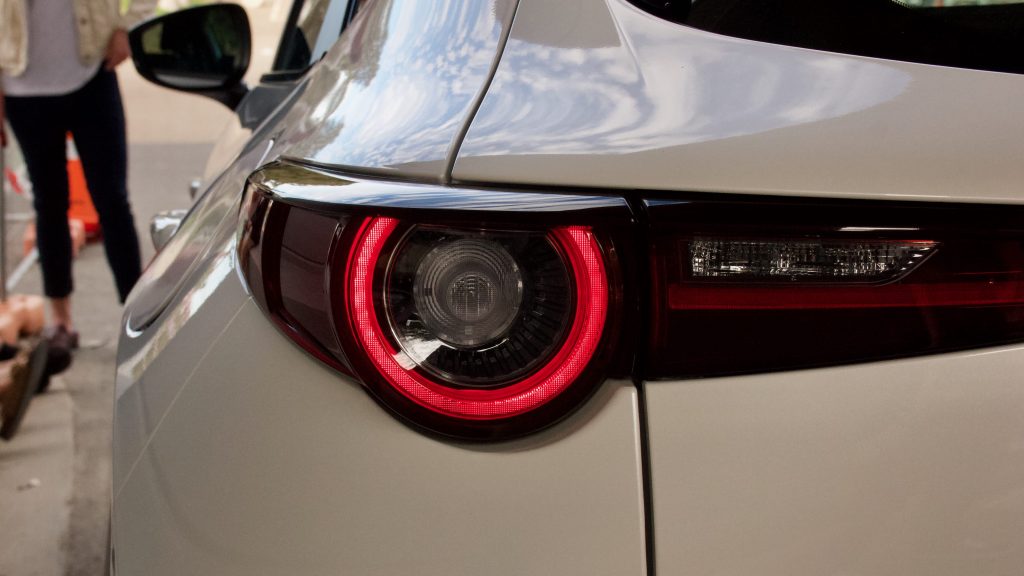
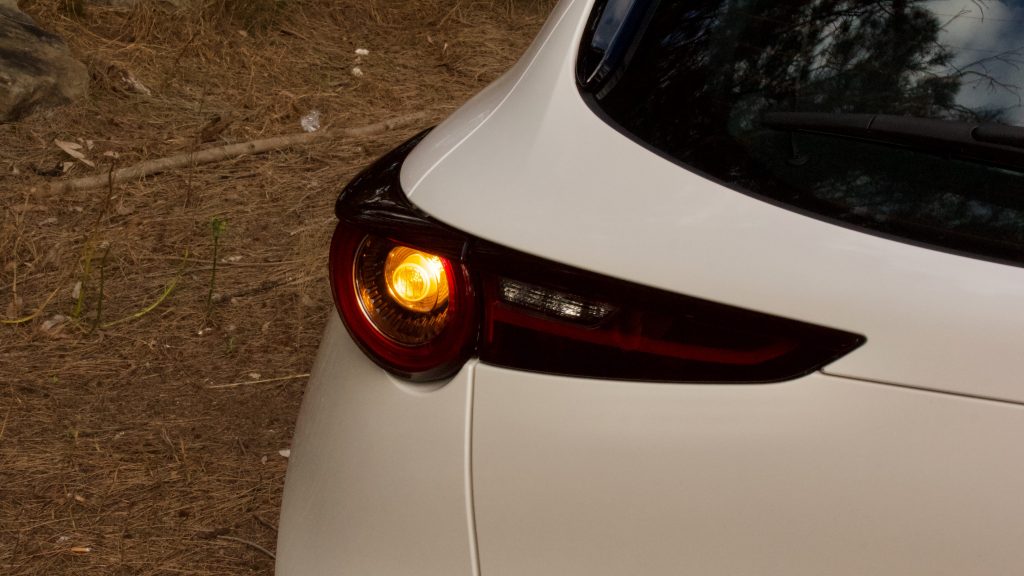
If the 2.0-litre CX-30 isn’t enough for you, the 139kW/252Nm 2.5-litre petrol engine that’s optional on Touring and Astina grades provides more go, while not increasing fuel consumption dramatically – the claim combined consumption rises by just 0.1L/100km to 6.6.
Mazda claims the combined fuel consumption of the 2.0-litre CX-30 as 6.5L/100km which we found hard to achieve, even with mostly rural driving – we averaged in the mid 7s for our week with the CX-30. Mazda will soon have a mild-hybrid 2.0-litre CX-30 X20 capable of mid-5L/100km, which is priced from $46,490.
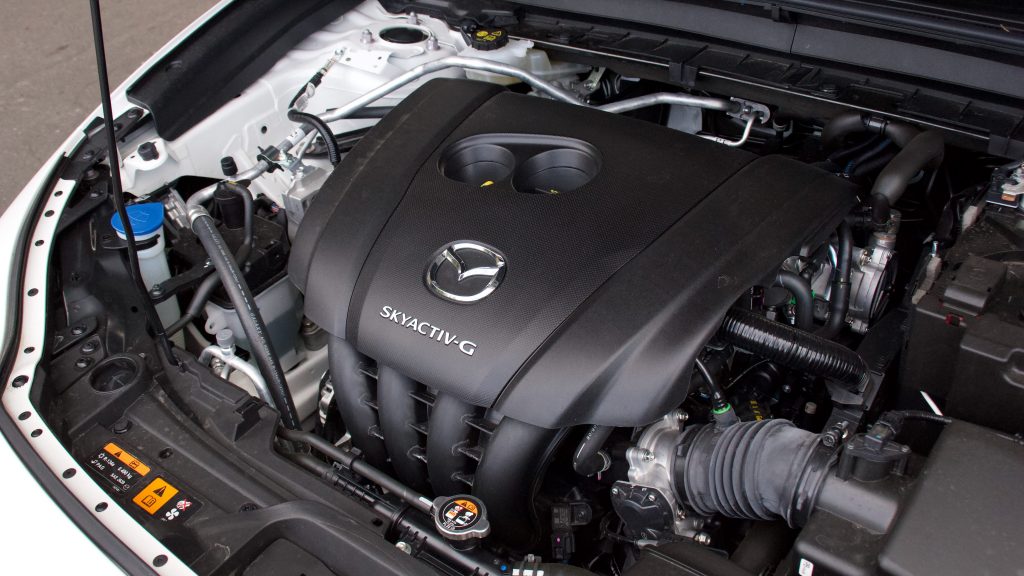
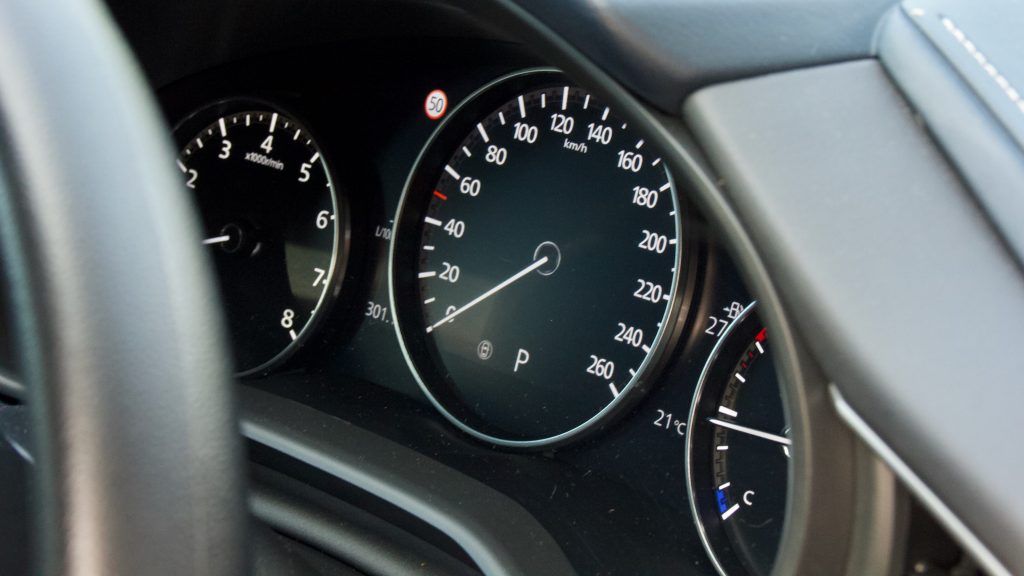
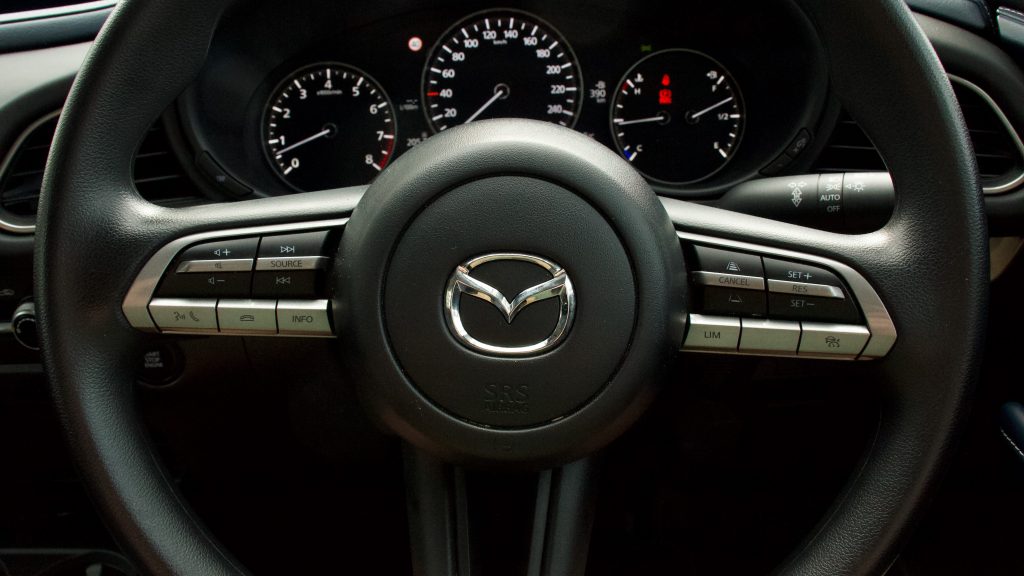
Like the smaller CX-3, the CX-30 has thick C-pillars, which can make it hard to view out of when parking or manoeuvring. Thankfully, the mirrors are large, blind-spot monitoring is standard and road noise levels are impressively low. The CX-30’s headlights are also excellent, and they can’t be switched off when driving in the dark – considering how many older Mazda products we see without their lights on, this is an excellent feature!
Ride/Handling:
As with many Mazda products locally, the CX-30 Pure’s ride is largely excellent. Like the Toyota C-HR, it’s firm but comfortable and will be totally fine for buyers. That said, harder edged bumps are felt more in the cabin than in the C-HR thanks to the CX-30’s less sophisticated torsion beam rear suspension. The 18-inch wheels on upper CX-30 models will no doubt make the ride even firmer.

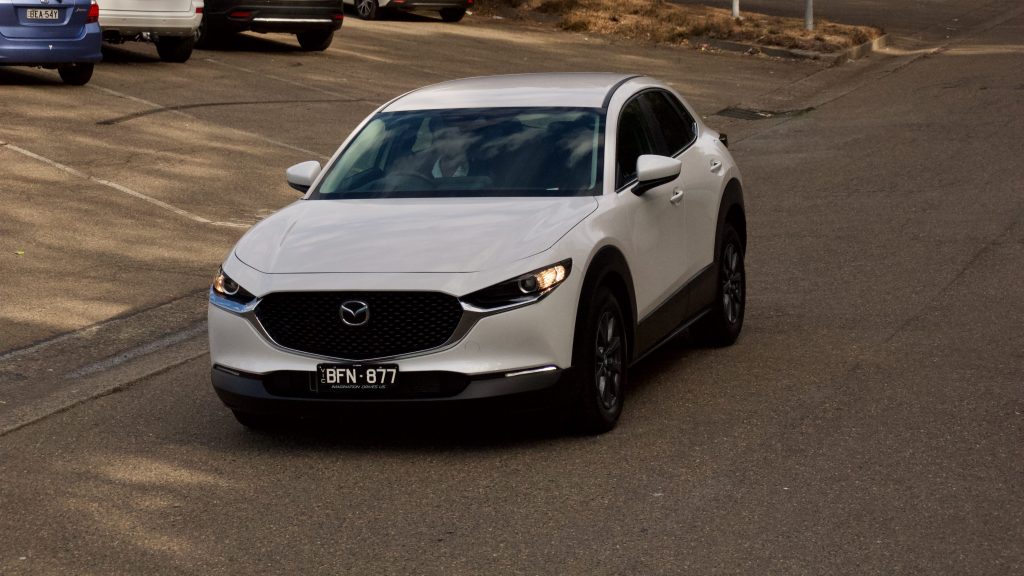
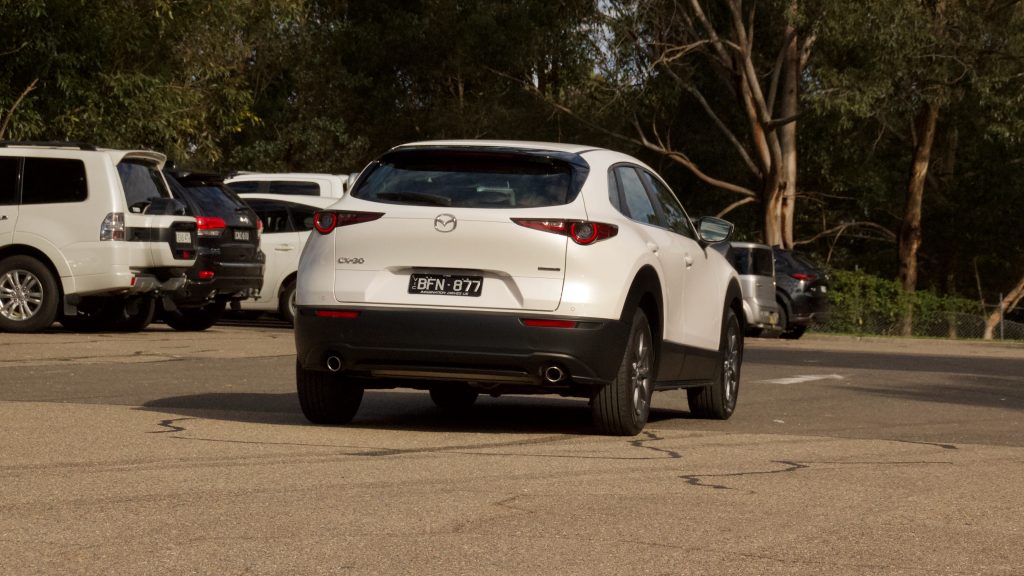
That said, the CX-30 is a fun car to drive. It’s certainly more engaging than the Qashqai with well-weighted steering and a keen turn in. The extra height and weight – compared to the Mazda3 on which it’s based – hasn’t taken too much of an effect on its overall dynamic ability and it still feels quite nimble. Unlike a lot of other SUVs, the CX-30 is more than capable for going for a Sunday morning blast.
Interior & Practicality:
Here comes one of the standout features of the 2020 Mazda CX-30: its amazing interior. The cabin build quality is exceptional with no squeaks or rattles to be found. The dashboard features lovely soft materials, including a stitched leather panel, and even the plastics used lower down are nice to touch and feel built to last. Even in the base Pure, the quality is better than something like the BMW X1, which costs a lot more money.
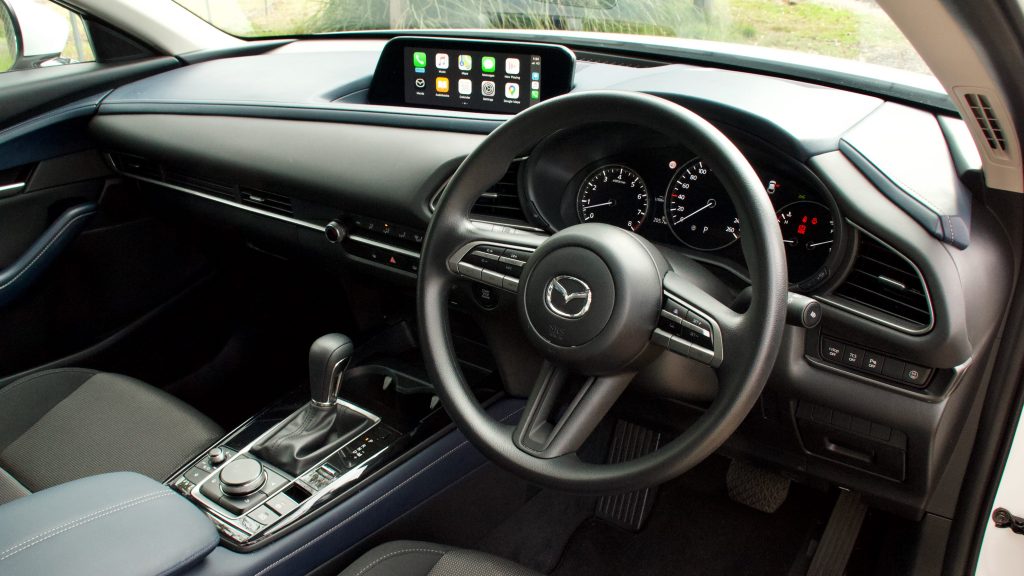
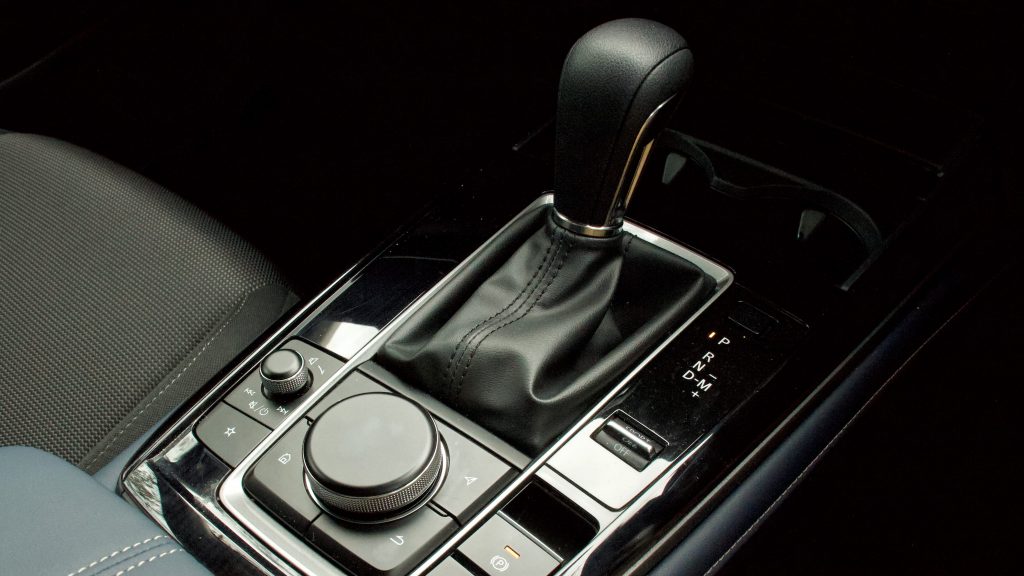
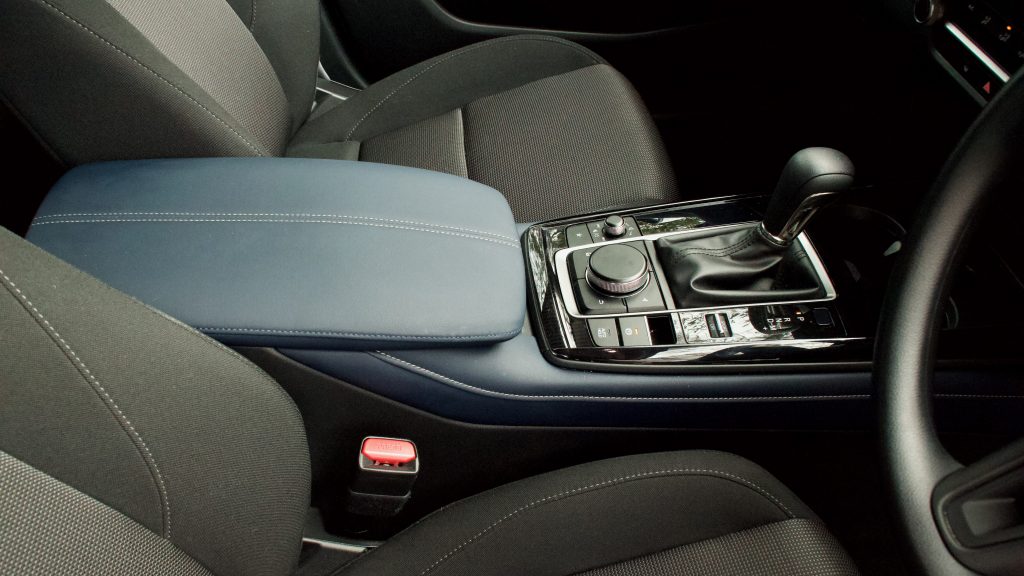
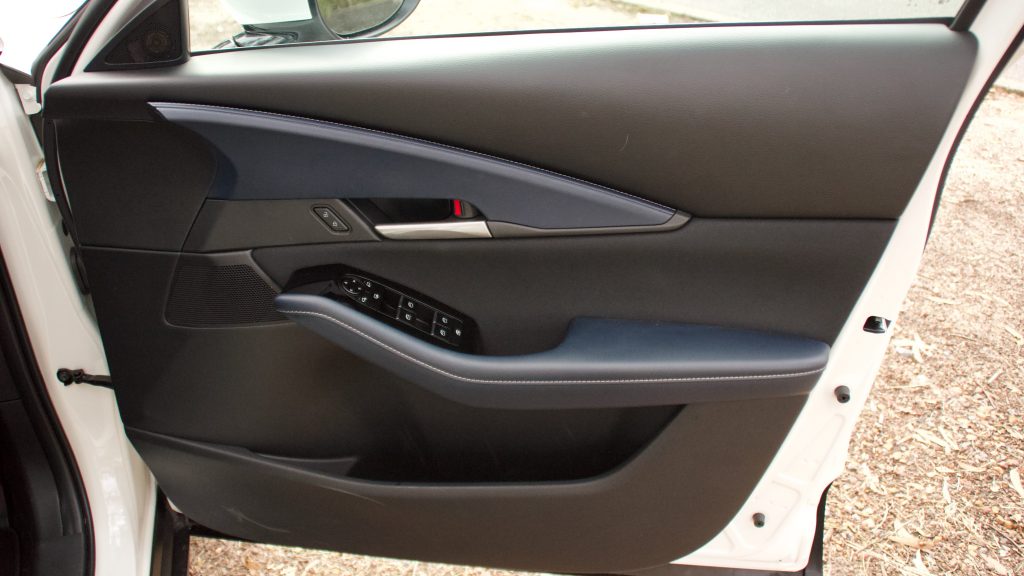
All of the switchgear in the CX-30’s cabin feels good quality too, as do all of the buttons, which have a reassuring click as you press them. Particular attention to detail has been paid to the way the buttons feel and everything requires the same effort to use, as well as features such as auto windows for all occupants. It’s this level of attentiveness that really impresses us about modern Mazda cabins. We just wish the base model Pure had a leather steering wheel and gearknob!
The 8.8-inch centre screen is excellent as well with sharp picture quality. Some people don’t like that it’s not a touchscreen, but in our opinion, we’re glad it’s controlled by the centre rotary dial as it’s easier to use while driving. The design of the dash is also worth mentioning as it curves and has a seamless flow into the door cards with contrasting blue leather on the centre console, door cards and parts of the dash.
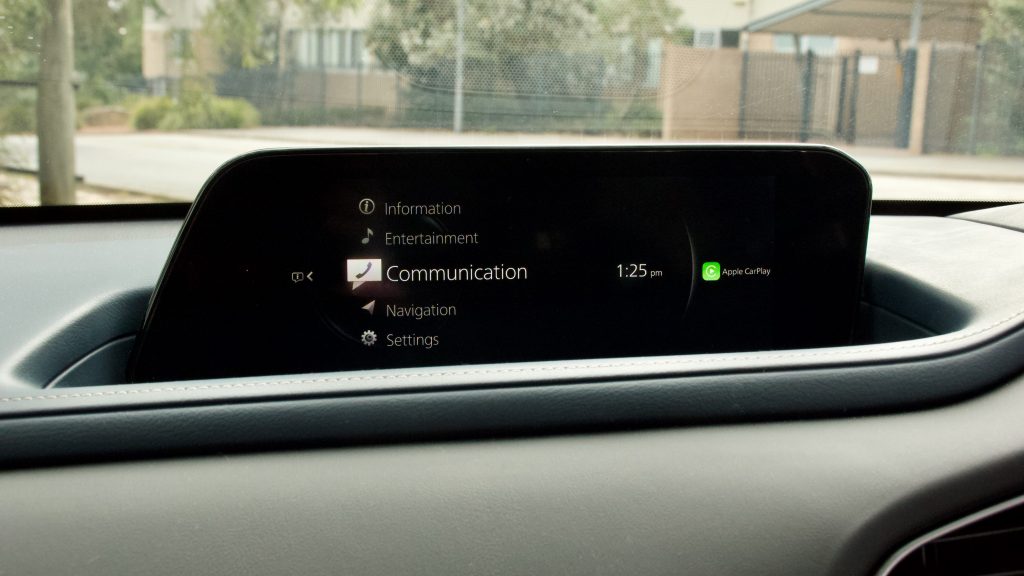
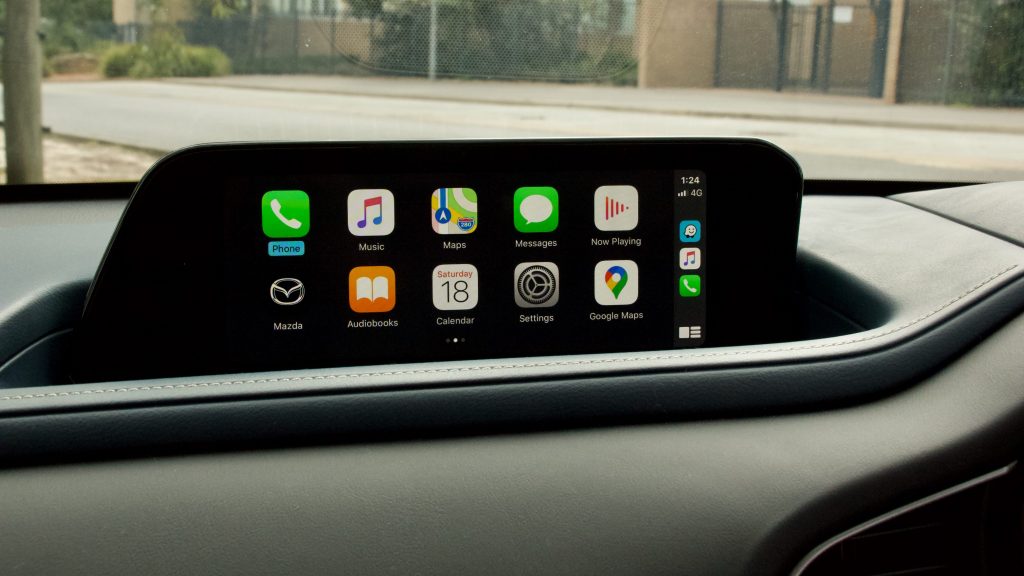
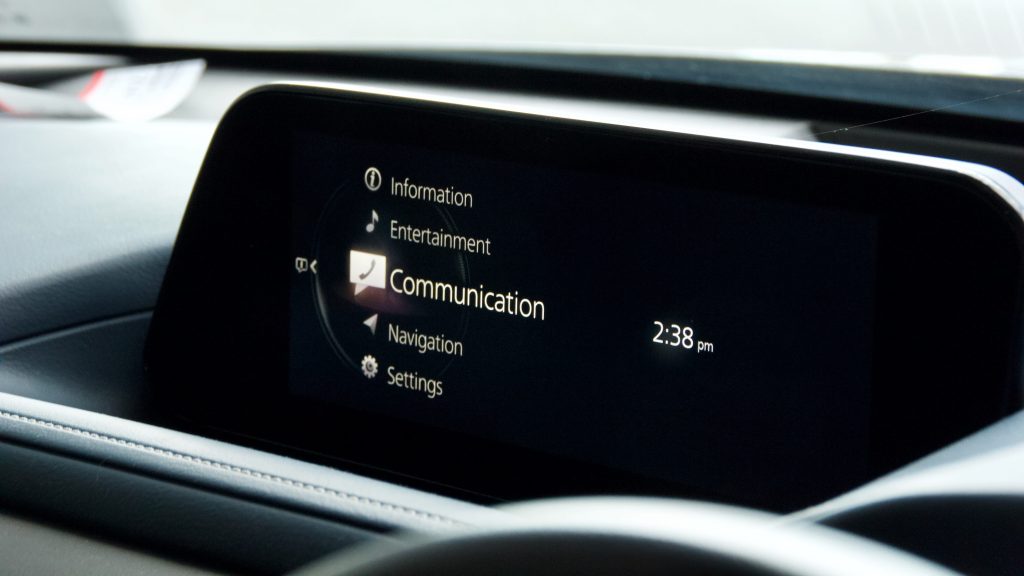
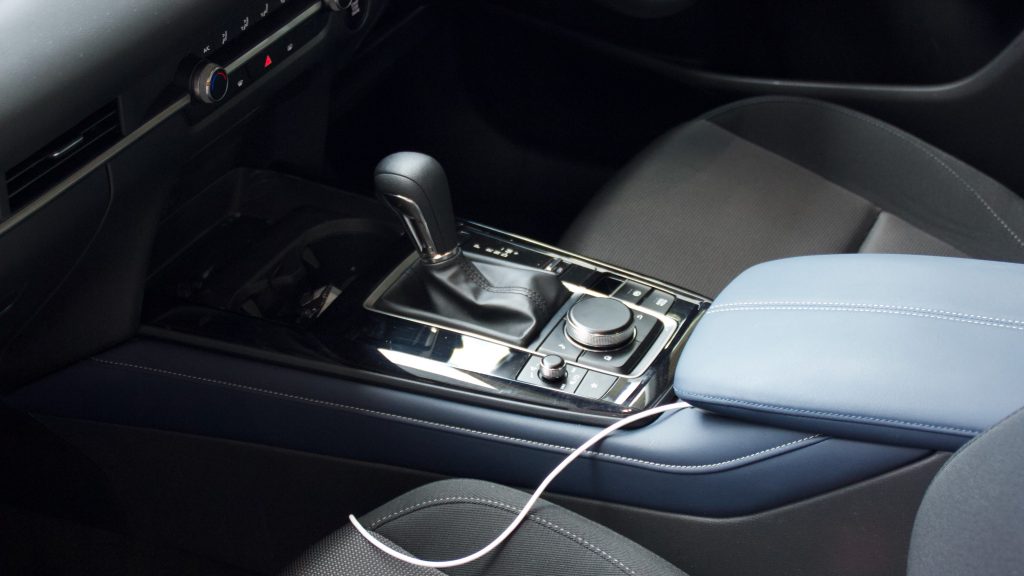
The storage in the cabin is good with a large glove box, a huge centre console and a host of storage cubbies spread throughout the interior, though opening the centre console means sliding the lid backwards first and potentially into rear seat occupants’ knees. Sorry, kids!
If there’s any area where the CX-30 causes complaints, it would be the rear seat and boot. The rear seat is devoid of features bar a single map pocket (in 2020? C’mon) and door pockets – there are no air vents, no centre arm rest and no charging ports. The former two features feature on the higher models, though kids needing device charging won’t be happy in any CX-30.
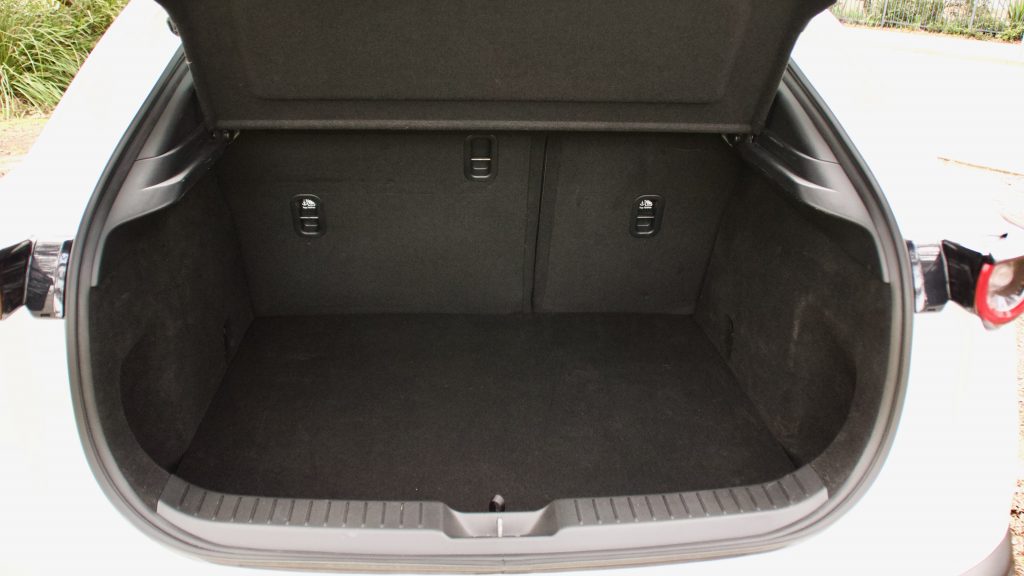
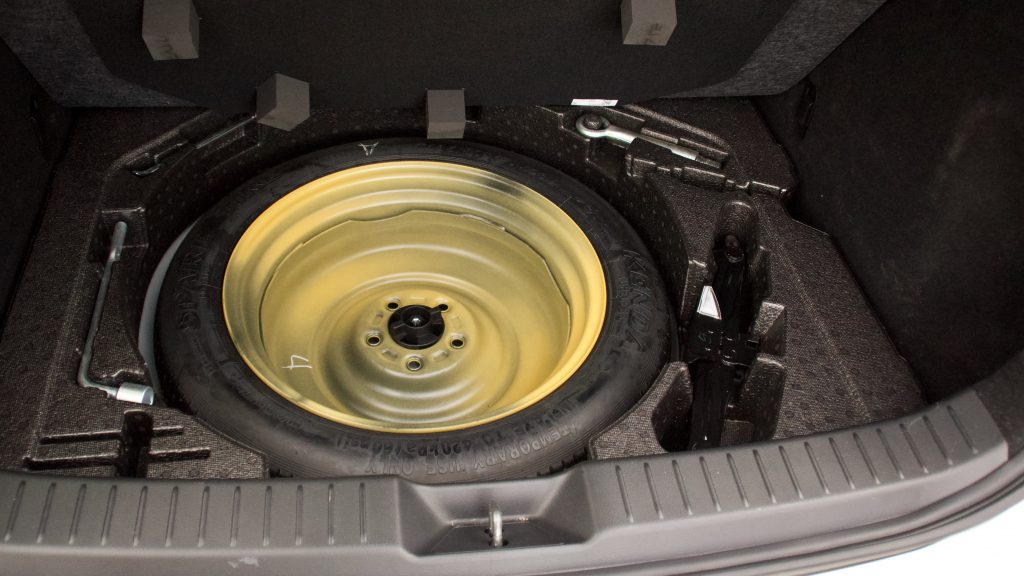
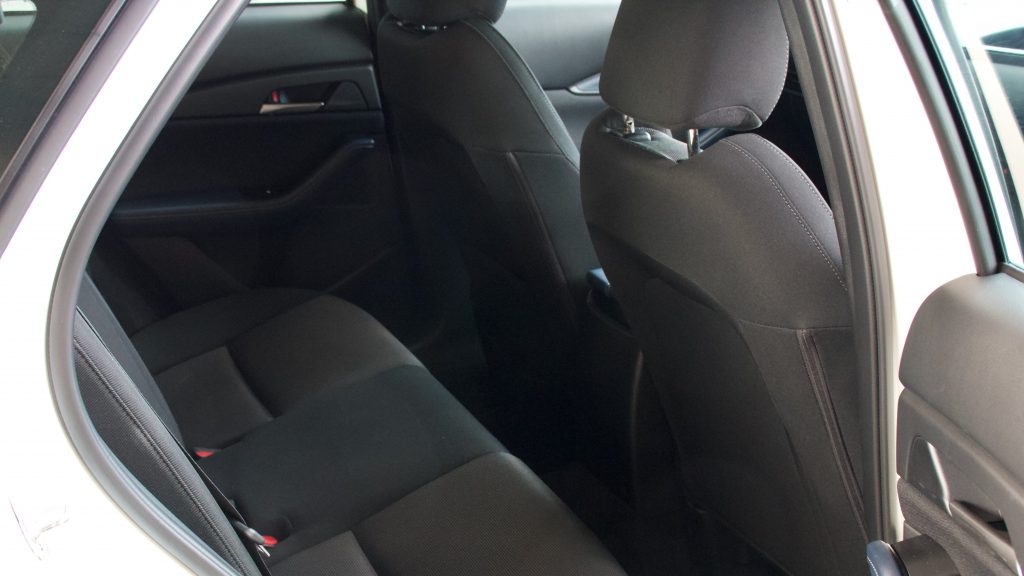
The lack of room is obvious too – two six-footers will struggle to sit behind each other and small windows mean it’s slightly claustrophobic. The 317-litre boot is reasonable, but really nothing special – a Skoda Karoq has a huge 588L. What also disappoints is that clever boot features such as nets, hooks and a dual-floor height are nowhere to be seen. Under the floor lies a space-saving spare wheel.
Running Costs & Warranty:
The 2020 Mazda CX-30 G20 Pure has a standard five year/unlimited kilometre warranty with five years of roadside assistance. Like other Mazda products, the CX-30 has short 12 month/10,000km service intervals – most rivals go a further 5,000km between services.
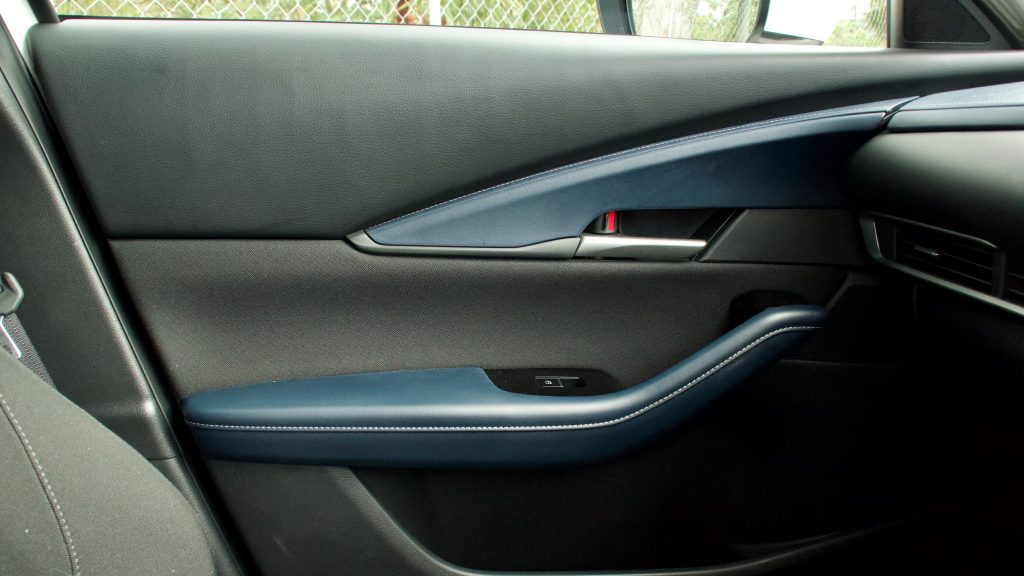
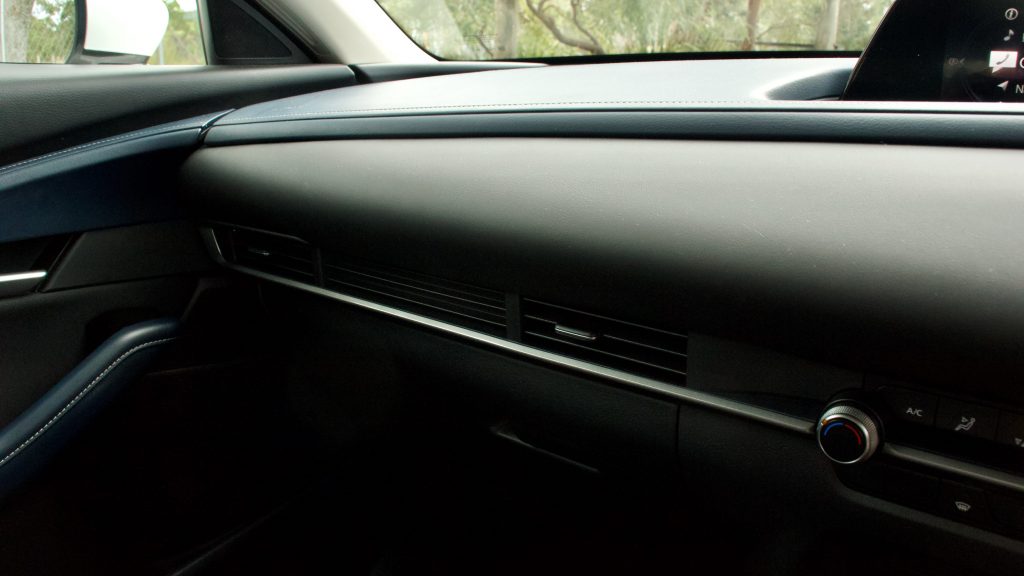

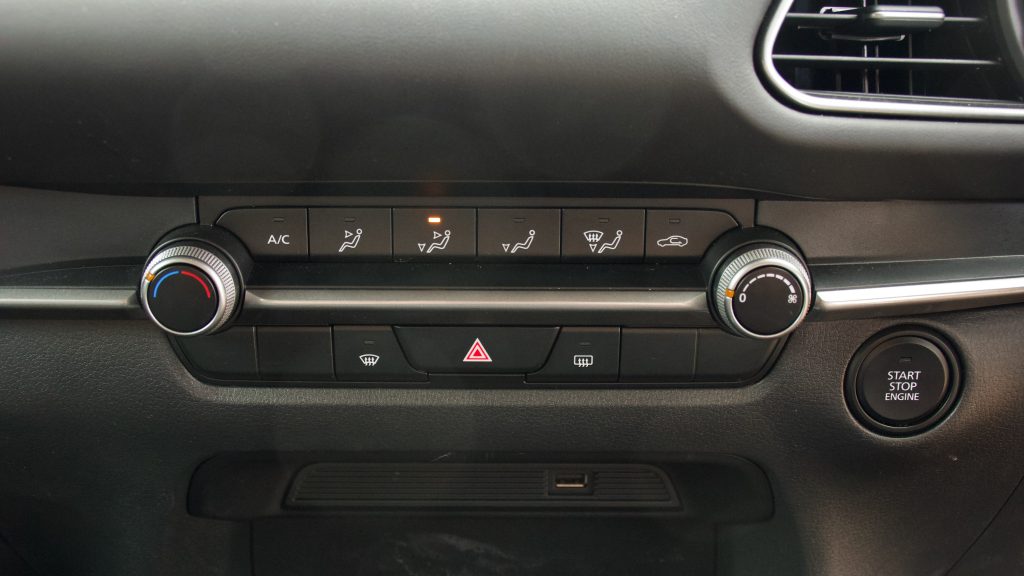

The total cost of servicing the CX-30 over three years or 30,000km is $1,061, compared to the $597 it would cost to service a Mitsubishi ASX and the $555 for a Toyota C-HR over the same time frame – and both of those cars have longer service intervals too.
Conclusion: 2020 Mazda CX-30 Pure
The 2020 Mazda CX-30 is a car that we can see selling well. With a high level of standard equipment, handsome styling and a genuinely luxurious interior, it’s hard to see why it wouldn’t. Although there are cars with more practicality and cheaper servicing, the CX-30 is a serious competitor in the small SUV segment.
Although we would like to see some improvements to the base Pure spec like a leather steering wheel, it really is all the car anyone needs. Would we recommend the CX-30 to those looking to buy a small SUV? 100% yes, although do research the back seat and boot space to see if it suits your lifestyle.
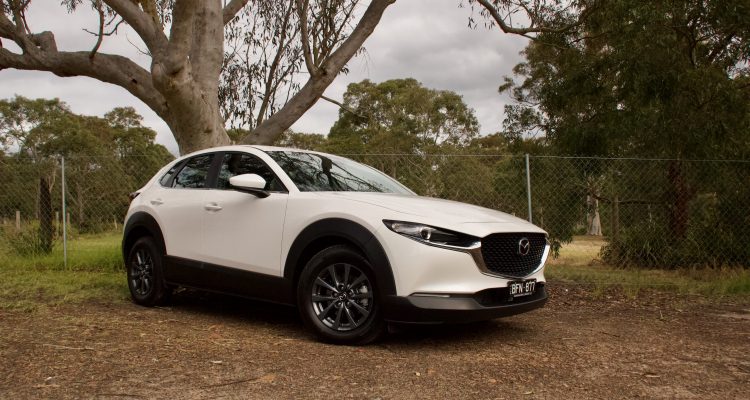
Leave a Reply